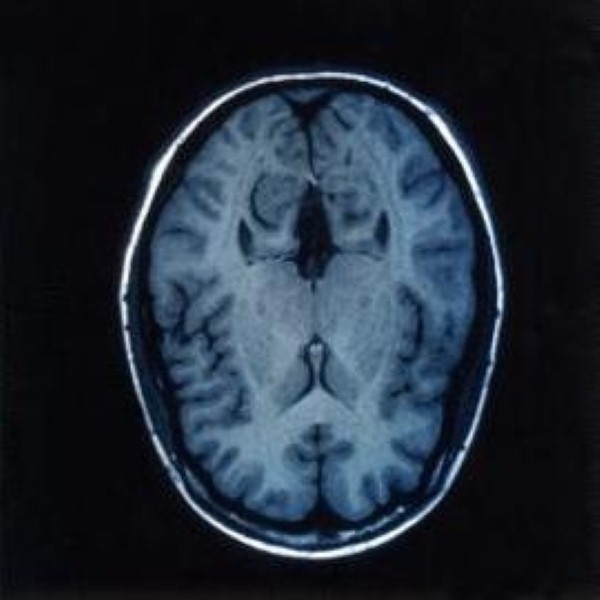Flexible working could lead to employee dissatisfaction and administrative burdens if it is not managed properly, the Work Foundation has warned.
Informal flexible working arrangements already exist within many organisations and the new legislation could disrupt the established working patterns, potentially leading to "negative behaviours", says Work Foundation researcher Dr Zofia Bajorek.
The legal right to request flexible working arrangement from employers is to be extended to all employees from June 30th. It has hitherto been limited to employees with children aged 16 or under or a disabled child under 18, or those with a caring responsibility.
Various criteria need to be met before employees become eligible for flexible working – for example, they must have worked for their employer for 26 weeks continuously on the date the application is made.
If approved, the changes permanently alter the individual's contract of employment and employees have no automatic right to return to their previous work pattern.
However, it is by no means certain that applications will be approved, as employers have the right to refuse requests on business grounds.
These include detrimental effects on meeting customer demands, the quality of work and performance; inability to reorganise work among existing staff or recruit additional staff; planned structural changes; and the burden of additional costs.
Dr Bajorek points out that a recent report by the Institute of Leadership Management, indicated that 94 per cent of organisations already offer some form of flexible work practice.
She argues that implementing flexible working needs to be done in such a way as to maintain the balance between the individual, organisation and employer.
Although there are some obvious benefits to employers who grant requests for flexible working, those on normal contracts may feel a sense of injustice if their workloads alter or tasks are allocated differently to accommodate other employees' requests.
Difficulties may also arise if employers have to deal with conflicting requests from different members of staff.
Dr Bajorek concludes that flexible working could add to a manager's workload and administration and, if managed poorly, could introduce a negative dynamic into workplaces.








